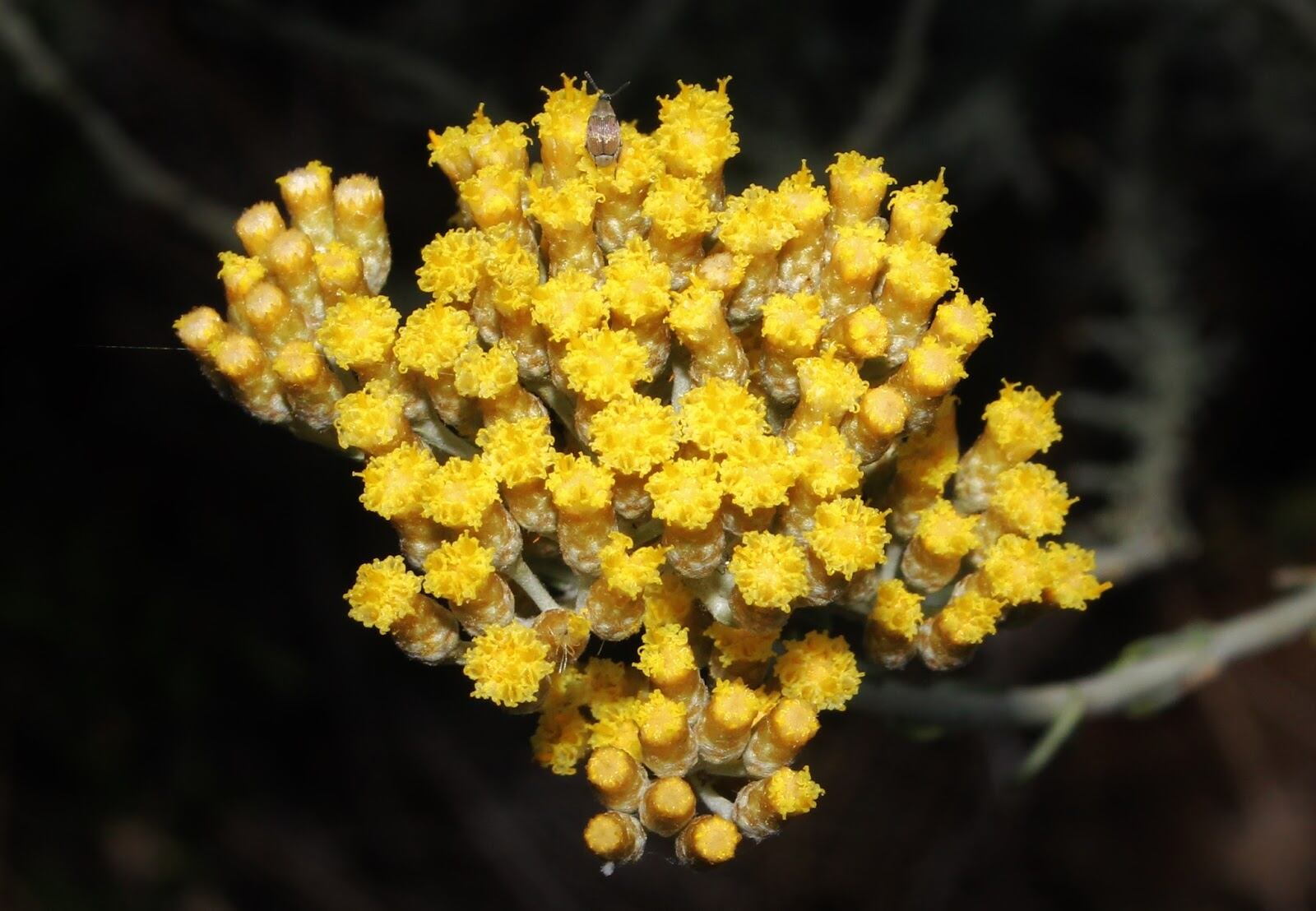The cosmetics industry has been exploring new ways to consumers’ needs and expectations, one of which is ‘cosmeceuticals’, a term that describes products that supposedly have both cosmetic and pharmaceutical properties. Among cosmeceuticals, plant-derived ingredients are in great demand, due to consumer inclination towards ‘natural’ skincare.
Furthermore, numerous studies have shown that natural ingredients may combat processes that adversely affect skin health and appearance. For instance, they may act as antioxidants or protect the skin’s macromolecules against enzymatic degradation caused by ageing or exposure to environmental factors.
Widely found in the Mediterrranean region, , a species of flowering plant — also called a curry plant due to the smell of its leaves — has been found to contain certain beneficial compounds. Known as OPT-1 and OPT-2, these compounds can be extracted and used in cosmeceuticals. They are known for their potential to improve skin health and appearance due to their antioxidant properties that can protect against damage caused by free radicals.
Additionally, the anti-inflammatory properties of these extracts can help alleviate skin conditions like redness or irritation and promote collagen production, resulting in firmer and more youthful-looking skin. At the same time, these extracts have been found to possess antimicrobial properties that can help fight against harmful bacteria on the skin's surface.
Skin health impacts of curry plant extracts
Researchers from the University of Zagreb, Forensic Science Centre and University of Girona tested the two H. italicum extracts, OPT-1 and OPT-2, for properties that could make them suitable for inclusion in cosmeceutical products.
Continuing from previous efforts to prepare H. italicum extracts suitable for direct use in cosmetic products, the researchers’ investigation of the extracts’ chemical composition and cosmeceutical activities found that OPT-1 was rich in phenolic acids, while OPT-2 was rich in total phenols and flavonoids.
They noted that both OPT-1 and OPT-2 “displayed excellent antioxidant and cosmeceutical activity, which was, in the majority of the assays, better than the activity of the applied positive controls”.
The extracts also showed “excellent bio-compatibility with the human keratinocyte (HaCaT) cell line”, a spontaneously immortalised human keratinocyte line that has been widely used in studies on skin biology and differentiation. According to the researchers, this made the extracts “excellent candidates” for cosmeceutical product development.
OPT-1 in particular displayed superior cosmeceutical properties, as evidenced by its ability to inhibit hyaluronidase (an enzyme that breaks down hyaluronic acid) and tyrosinase (an enzyme that contributes to hyperpigmentation). In addition, the solvent used for the preparation of OPT-1 (containing lactic acid) “contributed to the overall enzyme inhibitory activity of the extract”.
OPT-2, on the other hand, displayed better antioxidant activity in three of the assays used in the study. Its phenolic acids have been studied extensively for potential use in cosmetic products due to their numerous biological activities that suppress ageing, such as antioxidant and photo-protective activity. Its flavonoids have also displayed “distinctive antioxidant activity” that can protect both skin and cosmetic products from free radicals and UV radiation.
The researchers further noted that the extraction process was aided by hydroxypropyl beta-cyclodextrin or HP-β-CD, a derivative of beta-cyclodextrin often used as an excipient for steroid drugs. They found that this method of extraction was “appropriate for the extraction and solubilisation of the essential oil components of H. italicum.
Source: Antioxidants
“Hydroxypropyl-β-Cyclodextrin-Based Helichrysum italicum Extracts: Antioxidant and Cosmeceutical Activity and Biocompatibility”
https://doi.org/10.3390/antiox12040855
Authors: Lejsa Jakupović, et al.


